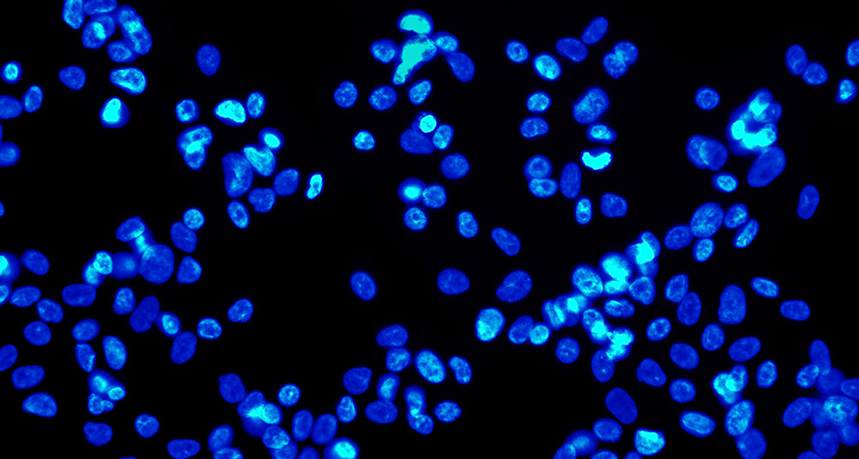Explainer: What is a stem cell?
Special cells have ability to turn into several different types

Human stem cells viewed under a microscope. To better see them, their nuclei have been stained with a blue dye.
istockphoto
Special cells have ability to turn into several different types

Human stem cells viewed under a microscope. To better see them, their nuclei have been stained with a blue dye.
istockphoto